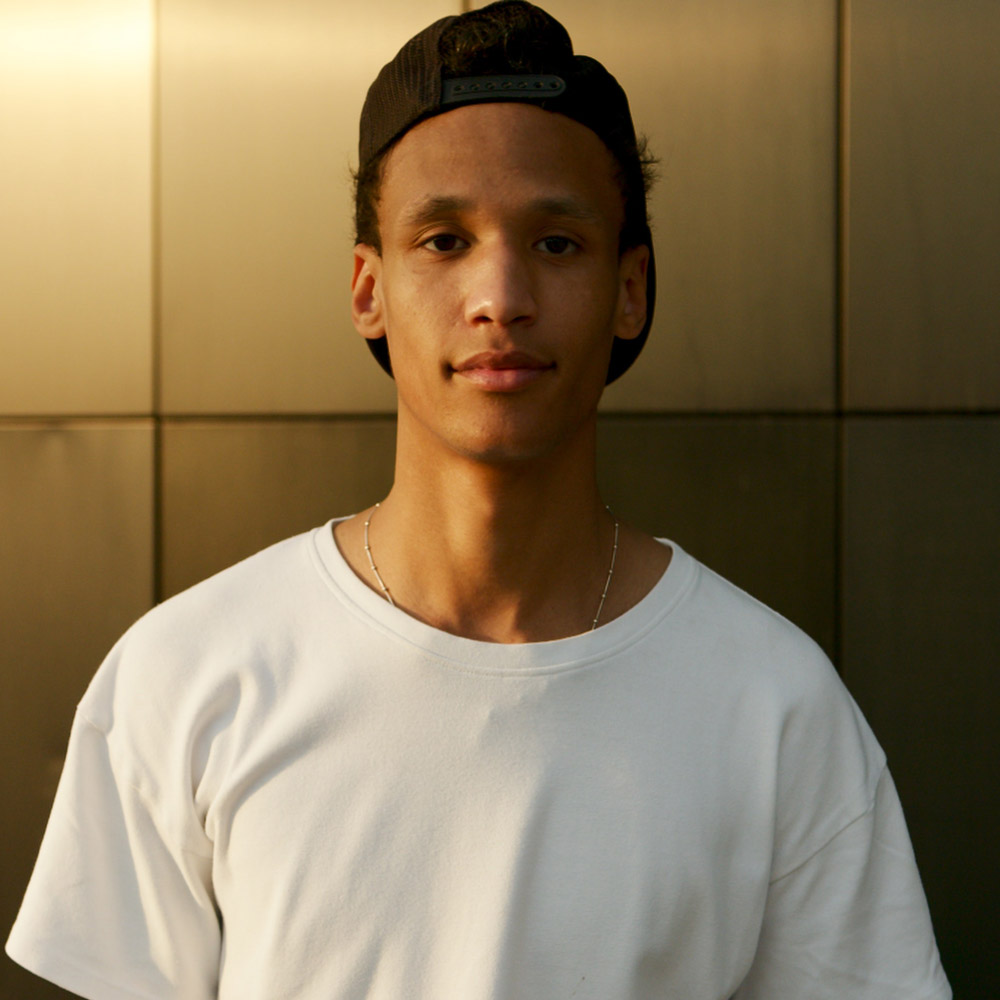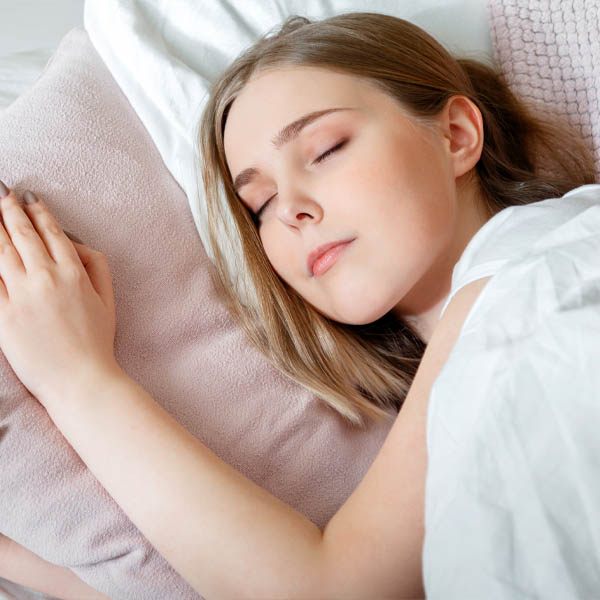
Slow Myopia Progression & See Clearly With Overnight Contacts
Ortho-K: a scientifically-proven, safe and effective myopia treatment. Our custom-fit contact lenses gently and temporarily reshape the cornea while you sleep.

Did You Know That Myopia Is Skyrocketing in the US & Canada?

50% of the global population is expected to be myopic by 2050.
Not only does it cause nearsightedness and make it harder to see far away objects, but myopia is also associated with other conditions, such as:
- Retinal atrophy
- Macular degeneration
- Higher risk of glaucoma
- Greater likelihood of retinal detachment
- Lattice degeneration
That's why it is critical to do something about your myopia right away!
How Orthokeratology Slows Myopia Progression
Imagine waking up every morning with clear and sharp vision. Thanks to these specialty lenses, you don’t have to wear glasses or contacts during the day, and best of all — this treatment is surgery-free!
Moreover, Ortho-K slows or halts eye elongation in children and teens, which radically reduces the risk of myopia progression!
Children and adults with myopia can use Ortho-K lenses to reshape the cornea. Simply insert at night before going to bed and remove them in the morning to see clearly.
Here's How Ortho-K Works
-
Worn While You Sleep
Insert these custom-designed gas permeable lenses at night before going to bed.
-
Change the Shape of the Cornea
Ortho-K lenses reshape your cornea overnight so you can see clearly the following day!
-
Enjoy Clear Vision the Next Day
Remove the lenses in the morning and see clearly during the day, without the need for glasses or contact lenses.
-
Slow Myopia Progression
Ortho-K slows myopia progression in children as young as 8. This lowers their risk of macular degeneration, glaucoma and retinal detachment later in life.
Benefits of Ortho-K Lenses
Slows myopia progression
Experience 20/20 vision all day
Perfect for people who engage in individual or team sports
What to Expect From Your Ortho-K Consultation
-
Meet With Your Eye Doctor
Talk to an eye care professional who will answer your questions about Ortho-K lenses. Our talented and caring optometrists are trained to work with children and adults and can address any questions or concerns you may have.
-
Ortho-K Eye Exam
We'll discuss your family's medical history and perform a thorough eye exam to detect myopia and other vision problems you may have.
-
Results & Treatment Plan
We will inform you of your eye exam results, risk factors, and expected Ortho-K outcomes. The eye doctor at Mountain View Eye Specialists in Rigden Farm will outline a customized Ortho-K plan if you wish to proceed with the treatment.
Ortho-K FAQs
Most people with mild to moderate myopia, with mild astigmatism and some cases of presbyopia are good candidates for Ortho-K. Children over the age of 8 and young adults who want to be free of glasses and contacts but who are not good candidates for refractive surgery due to age or other reasons (i.e., severe dry eyes, high costs, health risks) often are good candidates. Those who lead active lifestyles and who participate in contact sports also benefit from Ortho-K.
Our practice has seen fantastic results in patients with mild astigmatism, but high astigmatism is normally more complex in the design and fit. We can design a mold for your specific cornea, but it will depend on the individual case. An in-person consultation and eye evaluation at Mountain View Eye Specialists in Rigden Farm will allow us to better determine whether it's feasible.
Our patients consistently report improved vision after using Ortho-K. Some patients can experience perfect vision after a day or two of overnight Ortho-K. But higher prescriptions can take 2 or more weeks for maximum correction. Keep in mind that the refractive state regresses to pretreatment levels once the lens is no longer worn.
Ortho-K lenses don't aggravate dry eyes, since tear evaporation, a main cause of dry eye, doesn't occur when the eyes are closed during sleep. However, those with severe dry eyes may apply artificial tears or other drops before inserting Ortho-K lenses at night. Dry eyes resulting from arthritis or collagen-vascular disease may interfere with this treatment, but this can be determined during the eye doctor's assessment.
Ortho-K lenses do not hurt and should not hurt. Certain people may feel a slight foreign body sensation, but with time, the eyes become [desensitized] to the lenses.
Ortho-K Lenses in Rigden Farm

Meet our Eye Doctors

- Monday 8:30 am - 5:30 pm
- Tuesday 8:30 am - 5:30 pm
- Wednesday 8:30 am - 5:30 pm
- Thursday 9:30 am - 5:30 pm
- Friday 7:00 am - 4:00 pm
- Saturday 8:00 am - 12:00 pm
- Sunday Closed
- EyeMed
- Spectera
- VSP
- United Healthcare
- Cigna
- Tricare
- Anthem
- UMR
- AARP Medicare Complete
- Aetna
- Mutual of Omaha

